Let’s talk about equalizers. I know you already know how to use one, so I’m not here to bore you with the technical details. Rather, through this short article, I hope to leave you with a creative new perspective on how to approach an EQ.
If you are an audio geek like me, you’re constantly watching YouTube interviews and reading Sound on Sound articles by some of the top mix engineers in the game. As you learn about these engineers, you may have come to discover claims that some of these A-list mixers take an average of 5 hours to complete a mix. If you’ve ever felt pressured that you too need to be just as fast, you’re not alone. One thing I was surprised to find when I shadowed some of these A-list mixers, is that they actually move incredibly slowly. However, every move was met with a strong sense of purpose. In fact, I believe this is what sets apart the A-list mixers from the amateurs. They listen extensively before even moving a fader or tweaking a knob. Remember, a lot of these old school guys are used to the buffer time it takes to patch in a piece of outboard gear. It allows them to carefully consider each move, and moreover, digest the impact of each instrument’s sonic impression to the record as a whole. Today’s technological advances gift us with access to virtually an infinite amount of plugins. However, this may be our greatest hindrance to making a great mix. They often cause us to over mix and waste time complicating simple solutions.
Although it may seem elementary, I cannot even count the number of times I have seen someone grab an EQ and throw on a high shelf with a low cut on a vocal without even listening to it first. Before we do anything, it is essential that we identify and digest the intention of the song. In other words, understand what the song is asking for. I, too, am guilty of grabbing all my favorite plugins and throwing them on tracks I typically use them on, before even listening to the song start to finish. We want the vocal to be brighter, and the bass to be the fatter; the snare to have more crack and the kick to have more knock. However, if these elements were not in the intention of the song, we are doing the song a disservice. In fact, we’ve lost the vision of the artist and probably the gig too. At the end of the day, we as mix engineers need to be reminded that our job is to help a song sonically define a feeling. If the song were asking for all those moves, then they would be the right moves. But let’s consider a scenario where maybe the song isn’t asking for fatter bass tone, but rather, something lighter to complement the fragility of the vocal. Or maybe the chorus seems lackluster and adding a low pass filter at 1K on the snare during the verses, and bypassing the filter during the choruses help save some energy for the chorus to pop. It may seem unconventional at times but listen to the effect that these moves have on the vibe of the record. Every tweak should be directly dependent on what the song demands.
In the long run, this will prove to be a much more efficient way to work. So on your next mix session, continually ask yourself, “What is the song demanding?” You may be surprised by your results at the end of your mix.

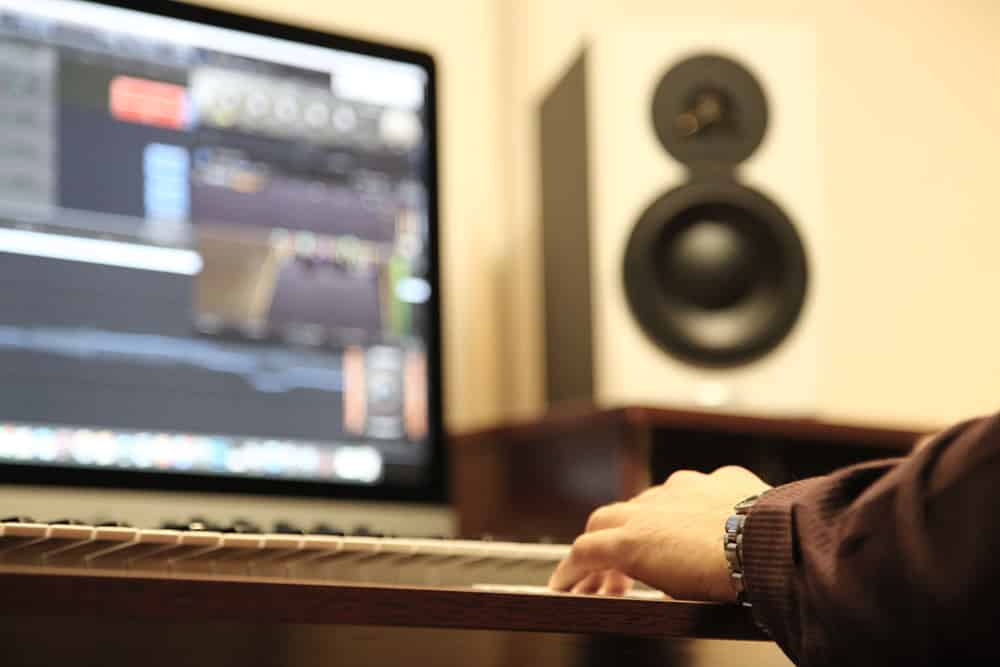
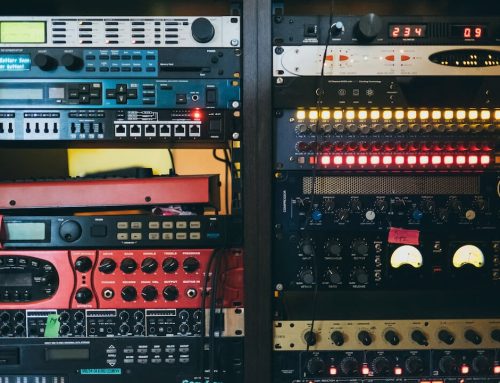
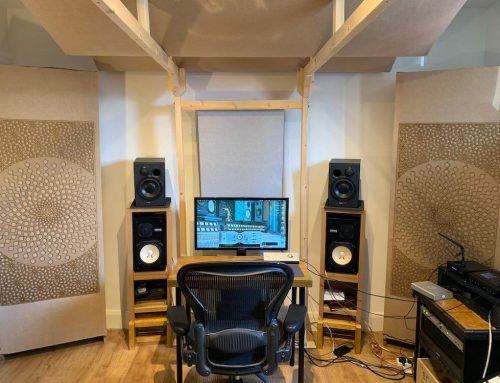
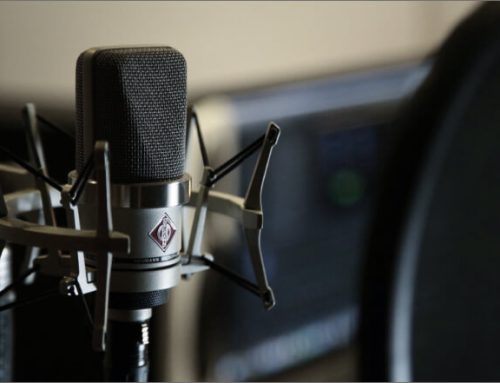


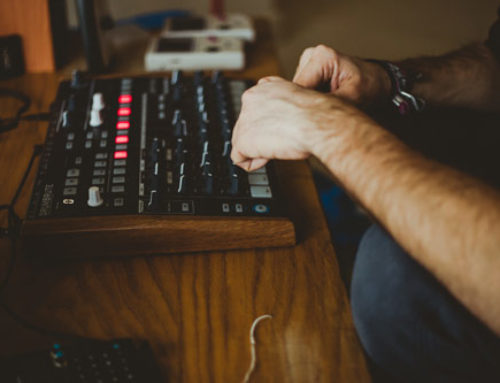
Manny Park – Mix Engineer and Music Producer
www.nuelproductions.com